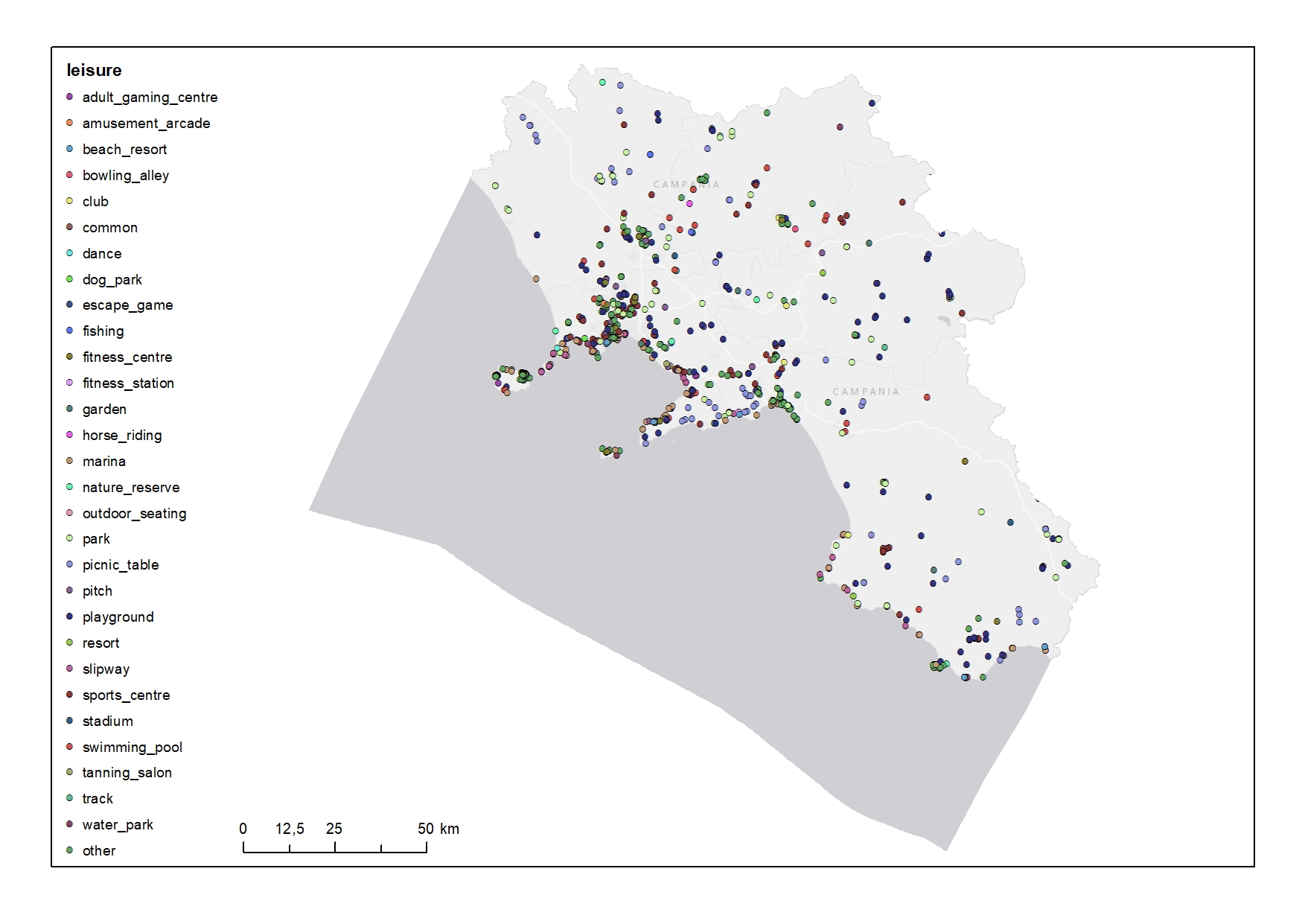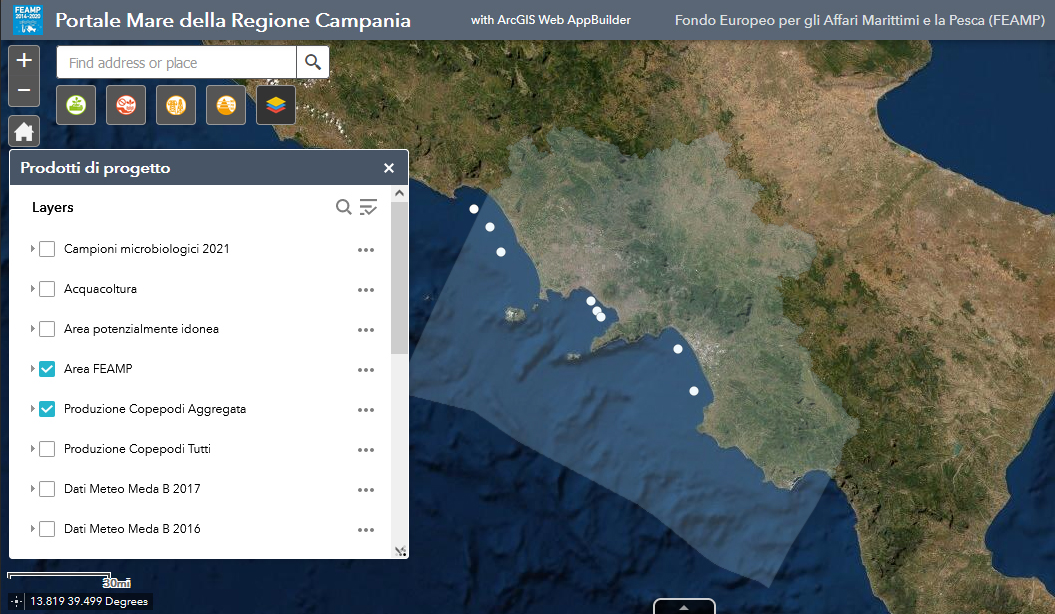Population distribution — demography
Type of resources
Topics
INSPIRE themes
Keywords
Contact for the resource
Provided by
Years
Formats
Representation types
Update frequencies
status
-

Leisure points in the Campania Region
-

EMODnet Vessel Density maps were created by Cogea in 2019 in the framework of EMODnet Human Activities, an initiative funded by the EU Commission. The maps are based on AIS data purchased by Collecte Localisation Satellites (CLS) and ORBCOMM. The maps show shipping density in 1km*1km cells of a grid covering all EU waters (and some neighbouring areas). Density is expressed as hours per square kilometre per month. The following ship types are available:0 Other, 1 Fishing, 2 Service, 3 Dredging or underwater ops, 4 Sailing, 5 Pleasure Craft, 6 High speed craft, 7 Tug and towing, 8 Passenger, 9 Cargo, 10 Tanker, 11 Military and Law Enforcement, 12 Unknown and All ship types. Data are available by month of year. Yearly averages are also available
-

Adult females of Temora stylifera and Acartia clausi, sorted from the mesozooplankton sample, incubated for 24h in natural surface seawater collected at the same sampling station, to assess fecal pellet production (pellets/female/day) and egg production (eggs/female/day). After 48h, calculated the hatching success of these eggs (% hatching success). Individual parameters converted into population parameters in situ, taking into account female abundance at the same station and defined as egg/m3 and nauplii/m3. The file ‘produzione copepodi aggregata’, contains mean values calculated among all individuals of all species.
-

Adult females of Temora stylifera and Acartia clausi, sorted from the mesozooplankton sample, incubated for 24h in natural surface seawater collected at the same sampling station, to assess fecal pellet production (pellets/female/day) and egg production (eggs/female/day). After 48h, calculated the hatching success of these eggs (% hatching success). Individual parameters converted into population parameters in situ, taking into account female abundance at the same station and defined as egg/m3 and nauplii/m3. The file ‘produzione copepodi_tutti’, contains mean and SD of the above parameters, for each of the sampled copepod species.
 FEAMP GeoNetwork catalogue
FEAMP GeoNetwork catalogue